Oil not a worry in 2024
A well-supplied oil market, along with new investments in oil exploration and production means that pending a major disaster, India will not have to worry about oil prices in the coming year.
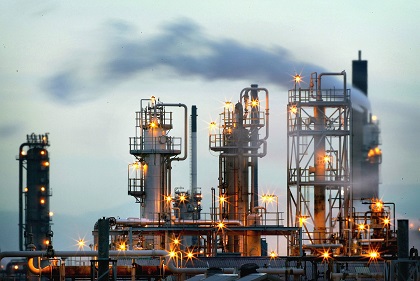 Courtesy: CNBC
Courtesy: CNBC
A well-supplied oil market, along with new investments in oil exploration and production means that pending a major disaster, India will not have to worry about oil prices in the coming year.
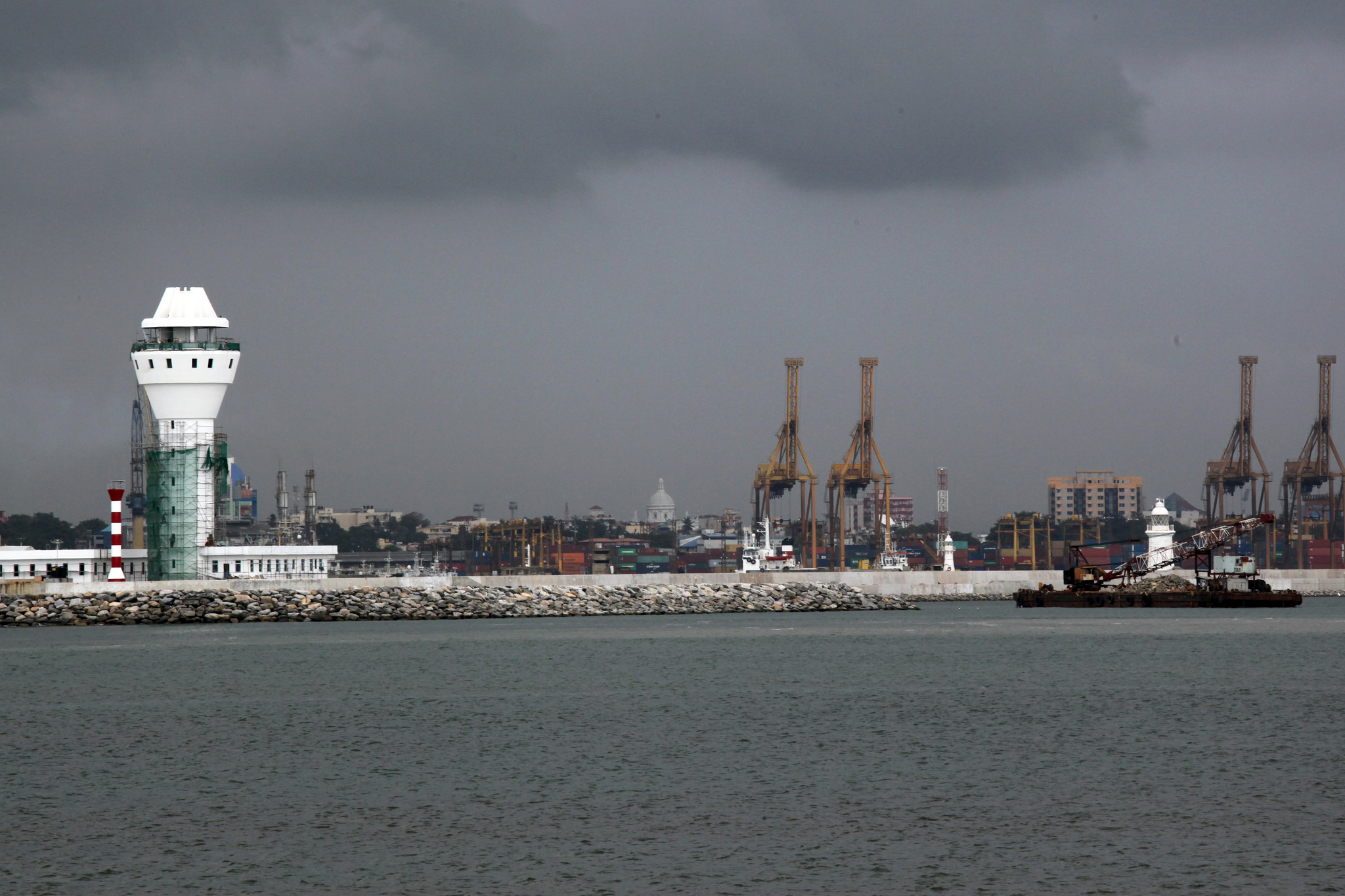 Courtesy: The Wire
Courtesy: The Wire
India and Sri Lanka recently signed six energy agreements, including plans for an oil pipeline from India to Sri Lanka, electricity grid connectivity, and cooperation in renewable energy. Sri Lanka can benefit from India's cost-effective oil sourcing and processing and pay for it in rupees, easing its balance of payments crisis. Its wider use of the Rupee fulfills a long term objective for Indian policymakers.
 Courtesy: Nikkei Asia
Courtesy: Nikkei Asia
China-centric global supply chains are being disrupted by rising geopolitical tensions between the U.S. and China and multiple global shocks, forcing multinational companies to rethink are global sourcing strategies. India can leverage this moment to become a complementary manufacturing hub in Asia by reaping gains from technology transfers and creating value-adding jobs.
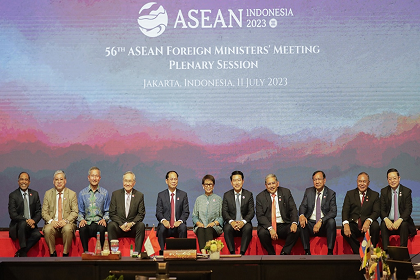 Courtesy: Kuwait Times
Courtesy: Kuwait Times
The 56th ASEAN Foreign Ministers Meeting in Jakarta reflected the grouping’s resilience amidst transformative geopolitical changes in the Indo-Pacific. Striving for unity and centrality, ASEAN tackled challenges posed by COVID-19, economic slowdown, climate change, and U.S.-China competition. However, internal differences on sensitive issues like Myanmar have tested its credibility.
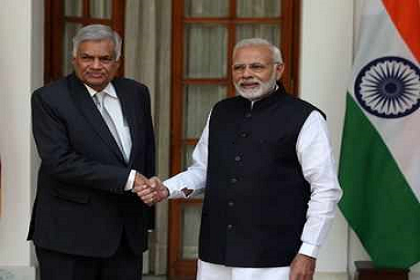 Courtesy: The Times of India
Courtesy: The Times of India
On July 21, Sri Lankan President Ranil Wickremesinghe is set to visit for the first time since taking office. India has already provided $5 billion in economic assistance to Sri Lanka, and is now looking to expand its investment in the nation. Sri Lanka is also seeing interest from Indian private investment. The visit presents an opportunity for the two countries extend this relationship in new areas of cooperation, especially energy, infrastructure, and tourism.
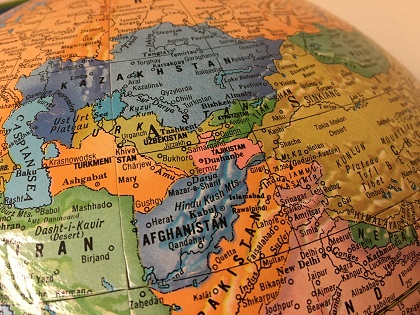 Courtesy: The Dahrendorf Forum
Courtesy: The Dahrendorf Forum
The Russia-Ukraine conflict has led to the resurgence of interest in Central Asian as an alternate trade corridor between Europe and Asia. Timely investment in connectivity projects like the Middle Corridor and the INSTC by regional stakeholders, as well as by the EU, China and India, must now build on this interest to create new regional, international, and cross-continental transport corridors.
 Courtesy: Gateway House
Courtesy: Gateway House
Supply chains are central to the new chapter of India-U.S. relations. Simultaneously, China-centric global supply chains, which underpinned East Asia’s prosperity, are changing as multinationals re-assess risks in the post-Covid era. Is the shift to India and the rest of South Asia occurring? This paper finds that South Asia supply chain pessimism could be changing, and India can spread gains through regionalising supply chains in its neighbourhood.
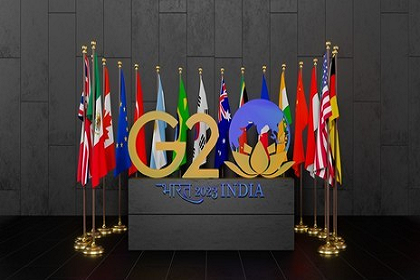 Courtesy: Shutterstock
Courtesy: Shutterstock
India’s year-long G20 Presidency completed six months at a time of global economic slowdown and sharpening geopolitical contestation. While India has done well in leveraging the Presidency to articulate its vital goals, the success of the upcoming Delhi Summit will depend on achieving consensus, additionality, and implementability.
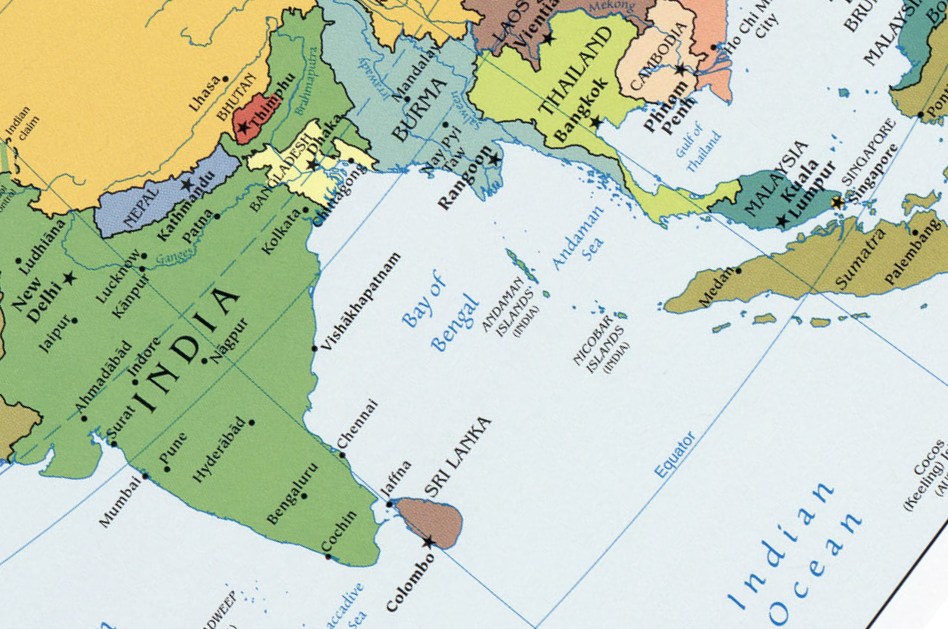 Courtesy: The Strategist
Courtesy: The Strategist
Despite its natural advantages, the Bay of Bengal region lags economically, in part due to insufficient connectivity between the member nations. Improving financial connectivity between them is the first step to easing movement of goods, services and people. Greater financial collaboration also can help the region mitigate the impact of ongoing geopolitical upheavals that have caused food and energy prices to rise.
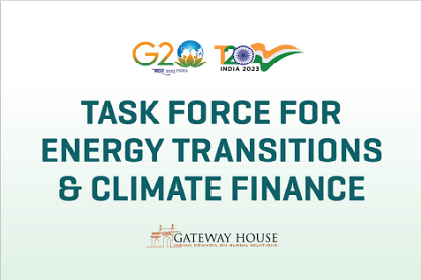 Courtesy: Gateway House
Courtesy: Gateway House
Significant progress has been made globally in adopting green energy. Technological advances, easier availability of capital and regulatory measures have helped. But progress is likely to slow due to the shocks caused by Covid-19 and the Ukraine crisis. How to continue the green transition whilst ensuring that lower-income countries have access to affordable energy? This Task Force offers recommendations for India’s G20 Presidency.